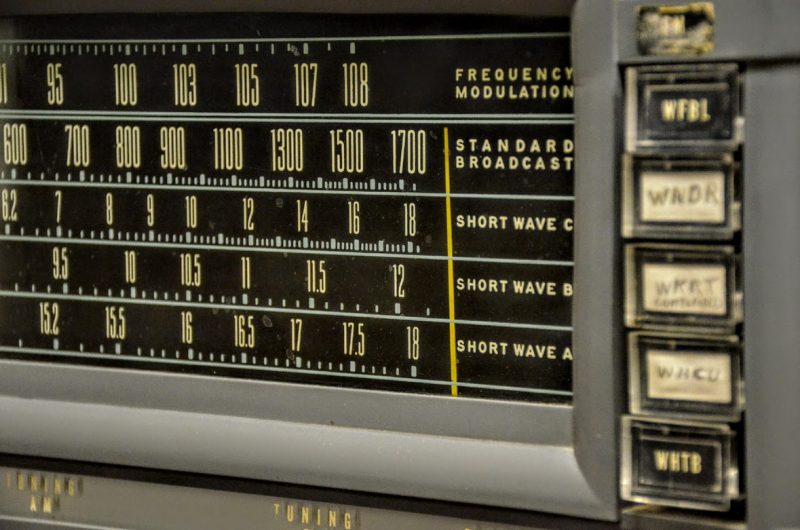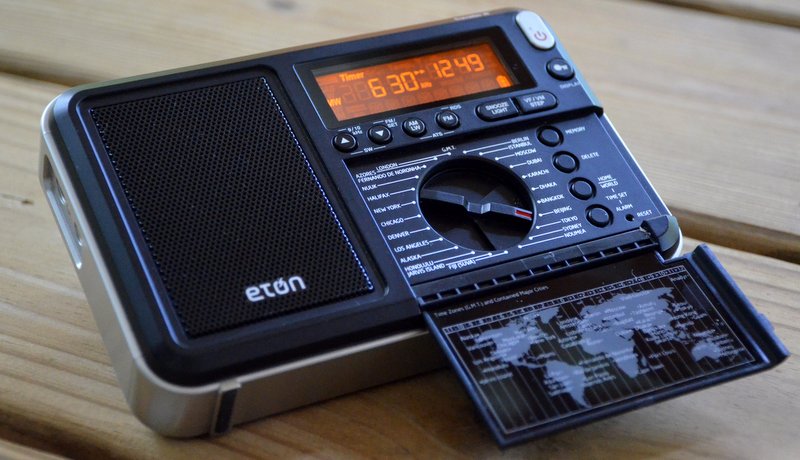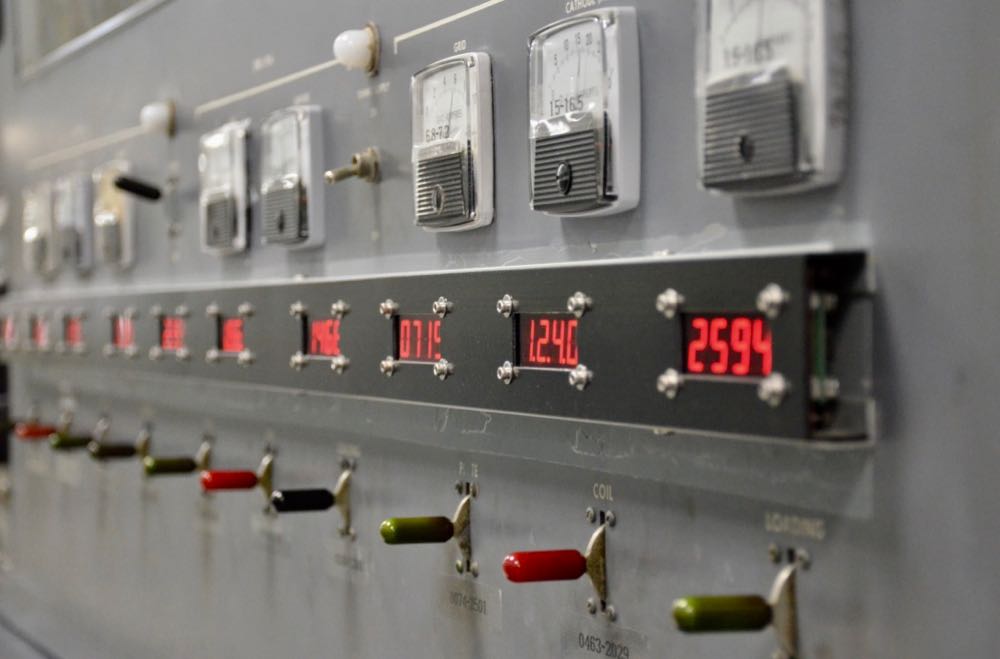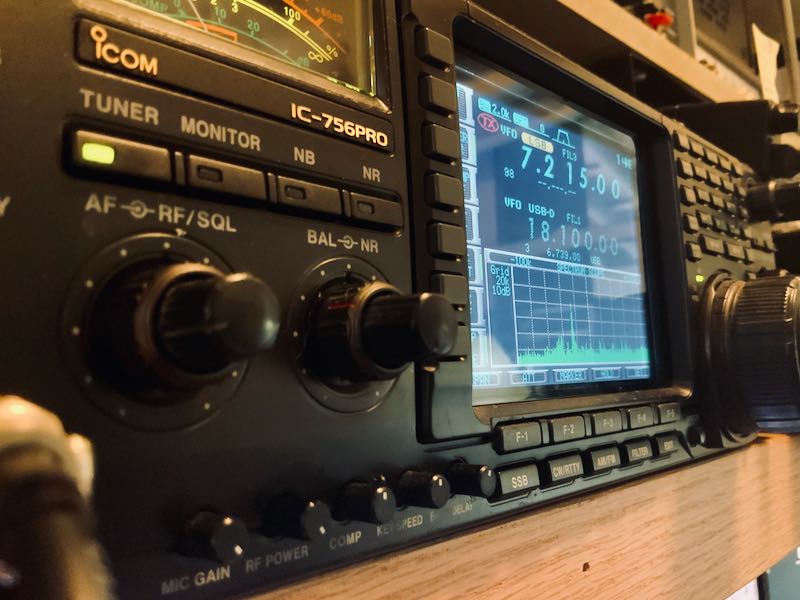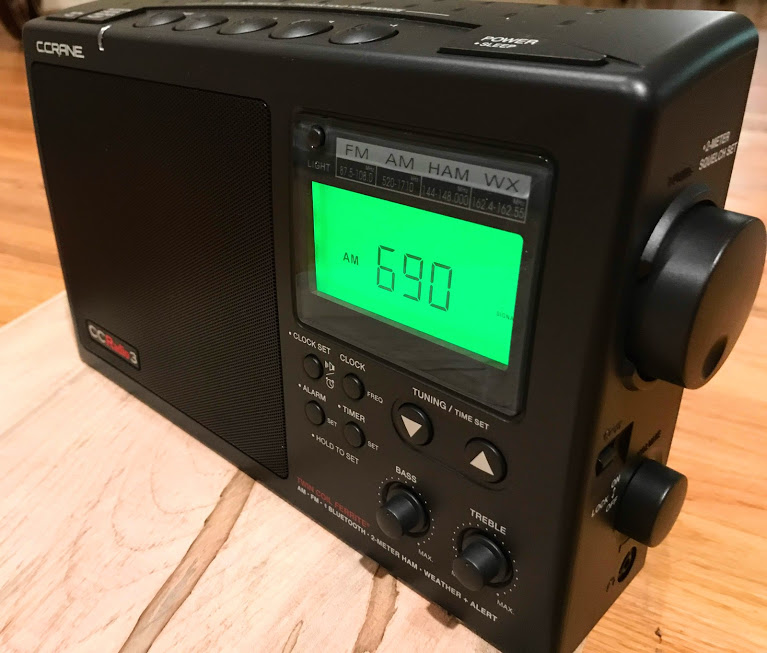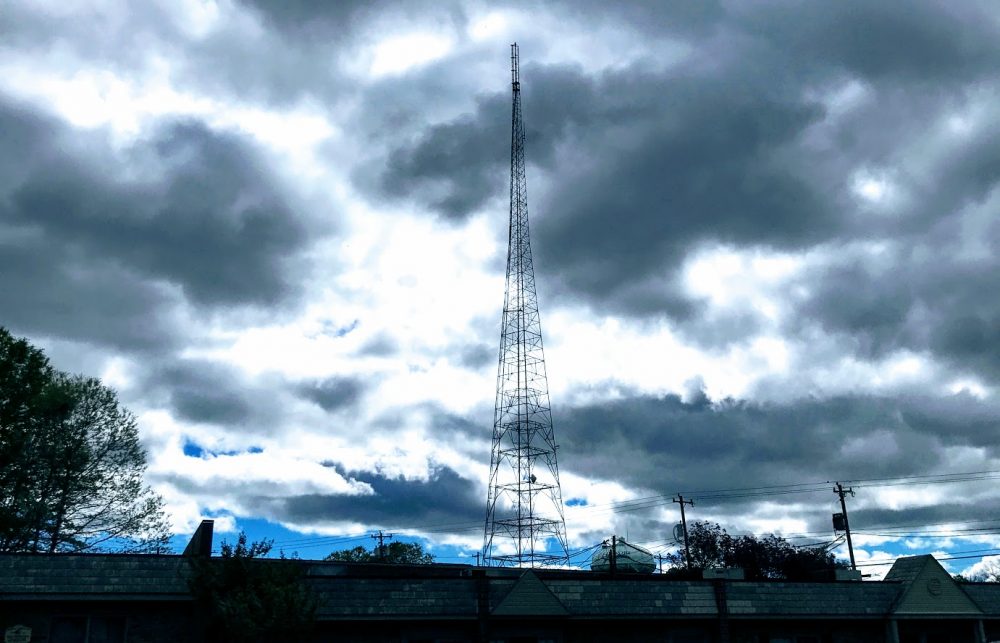Radio Waves: Stories Making Waves in the World of Radio
Welcome to the SWLing Post’s Radio Waves, a collection of links to interesting stories making waves in the world of radio. Enjoy!
US Begins Installing ‘Mighty’ Over-The-Horizon Radar In Palau That Can Detect Objects Thousands of KMs Away! (The EurAsian Times)
The United States has begun work on the deployment of a new long-range over-the-horizon radar system for the United States Air Force, which will be placed on the Pacific island of Palau.
The sensor station, known as the Tactical Mobile Over-the-Horizon Radar, or TACMOR, will be set up on the highly strategic island of Palau. The sensor station intends to improve the situational awareness of US and allied forces operating in the region in the air and maritime domain.
The Department of Defense announced on December 28 that it had granted Gilbane’s Federal business a $118.4 million contract to develop the structural foundation of a new US Air Force radar station to be built in the Republic of Palau.
Gilbane Federal will build reinforced concrete pads and other foundational components as part of the firm-fixed-price contract to set up the Tactical Mobile Over-the-Horizon Radar system, the Department of Defense said.
The Naval Facilities Engineering Systems Command Pacific acts as the contracting activity for what is known as the TACMOR infrastructure project. The work is anticipated to be finished by June 2026. [Continue reading…]
The Evolution of Radio Receivers (Euro Scientist)
Radio receiver is one such gadget that people have been using for many generations. After the invention of radio communication by Guglielmo Marconi in 1895, the first radio receiver was also invented by Marconi. A radio receiver is an electronic device that can only receive radio signals and can convert the radio signals to audio and sound. A radio receiver can receive radio signals of various frequencies by tuning to a particular frequency. These frequencies are of two types – Amplitude Modulation (AM) and Frequency Modulation (FM). A radio receiver capable of receiving any analog audio on AM/FM frequency is called analog radio receiver and for many years people were using analog radio receivers.
Since the invention of analog radio by Marconi in 1895, many companies started manufacturing radio receivers. First came the De Forest RJ6 in 1916, and later many analog radio receivers like Sony TR-63 (1957), and H.H. Scott 350 (1961) came in the market, and they were the first analog radio receivers of that kind. After the emergence of digital electronics and digital radio transmission, digital radio receivers started to capture the market – receivers capable of receiving Digital Audio Broadcasting (DAB) – digital radio transmission. In 2003, Pure launched the PocketDAB 1000 and It was the world’s first pocket digital radio capable of playing DAB radio stations. However, radio receivers became diversifying when internet technology was implemented in them, which made it possible for the companies to introduce internet radio receivers. An internet radio receiver can be either an app of a computer or can be a standalone receiver, connected to the internet to receive internet radio stations. Kerbango internet radio receiver from 3com was the first standalone internet radio receiver of 21th century. This change in the technology of radio receivers even went beyond internet radio – after the arrival of Software Defined Radio (SDR).

